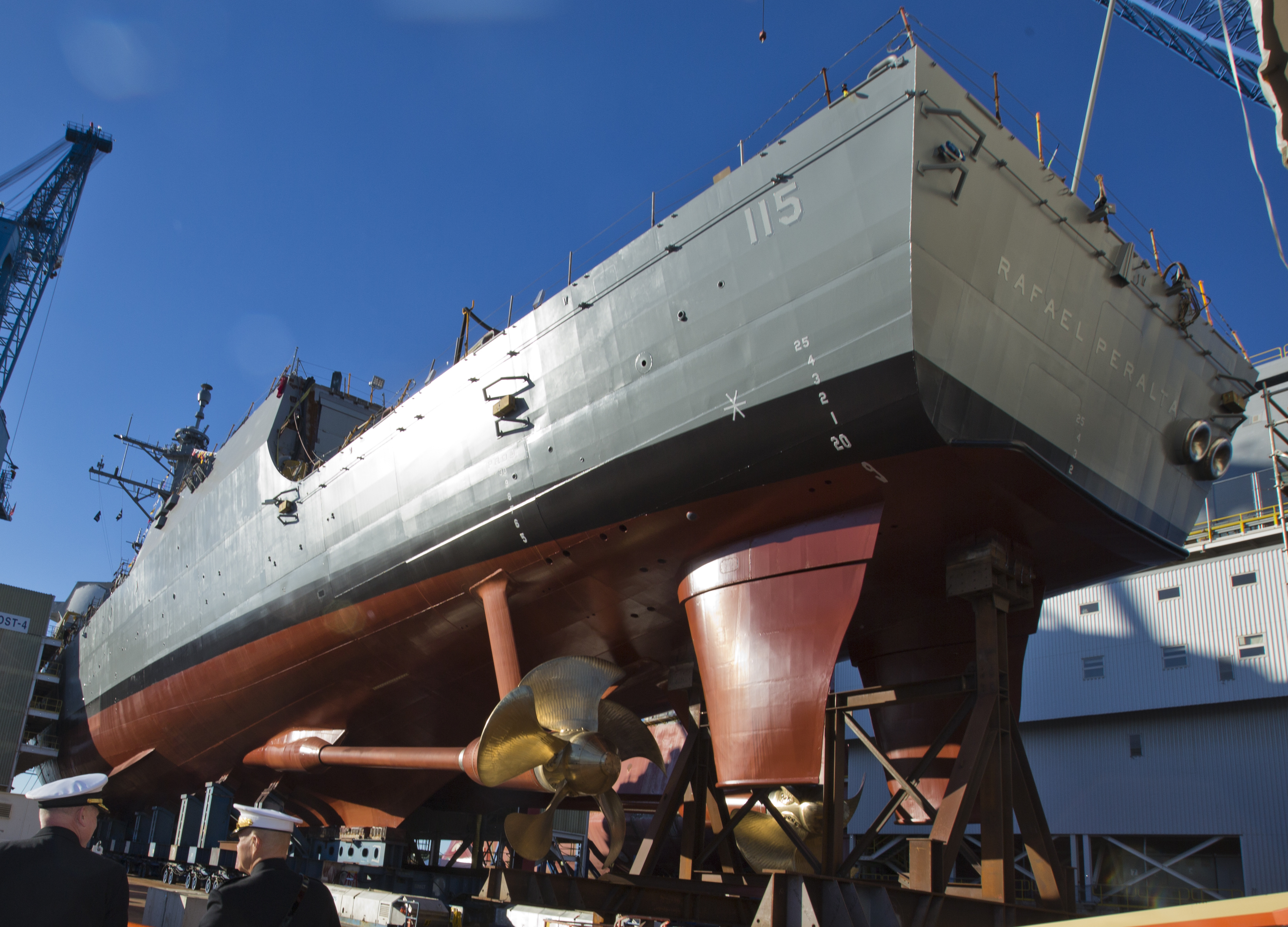
U.S. shipbuilding industry could support the Navy’s ambitious plan to quickly grow the fleet to 355 ships, but would need help through stable and predictable funding, including more use of multi-year and block-buy contracts and advanced procurement funding, three top industry executives said on Wednesdays.
Stable funding and multi-year procurement would help not only the big shipyards but also would support the supplier base of nearly 5,000 vendors and could encourage expansion of the 150 critical suppliers currently available, the executives said.
A crucial step toward predictable funding would be a repeal of the 2011 Budget Control Act and the threat of sequestration, the officials told the Senate Armed Services Seapower subcommittee.
“If the nation really wants to build the Navy it must provide stability. Sequestration prevents that,” said Brian Cuccias, executive vice president of Huntington Ingalls Industries (HII). That is particularly important to the supply base because it can take 18 months to two years to get essential components, he said.
“I believe a constrained shipbuilding and maintenance accounts would preclude” building a 355-ship fleet in the required time,” said John Casey, executive vice president of General Dynamic’s Marine Sector.
“To build our fleet, elimination of sequestration is needed,” Matthew Paxton, president of the Shipbuilding Council of America.
Although there is strong bipartisan support for repealing the BCA, “we don’t have the bipartisan votes,” subcommittee chairman Roger Wicker said.
The obstacle to ending the threat of sequestration for defense has been the insistence by many Democrats on including domestic programs, which has been opposed by Republican deficit hawks.
The executives representing the largest builders of Navy ships and the overall shipbuilding industry said the shipyards’ infrastructure generally would be able to ramp up to meet the accelerated production, but the major challenge would be increasing the skilled workforce and replacing retiring workers.
A significant obstacle to rapidly building the shipbuilding workforce is the federal government’s slow system of granting the security clearances that are required to do much of the work on warships and submarines, the officials said.
One exception to an adequate infrastructure is the need for additional yard capacity to build the new Columbia-class (SSBN-826) of ballistic missile submarines to replace the current Ohio-class boomer, Casey said.
The most effective way to increase production would be to utilize the existing “hot” production lines by increasing the rate of ships ordered and block buys, which also would cut the cost of the ships, said Brian Cuccias, executive vice president of Huntington.
“First and foremost, leveraging current ship lines represents best practices,” Cuccias said. Casey agreed.
And, Casey said, “if we’re going to 355, we need to start immediately.” Knowing when the Navy wanted to reach 355, also “could make a big difference.”
Vicker suggested that getting a larger fleet also could be helped by extending the service life of the existing ships and maybe even re-commissioning ships currently in “moth balls.”
The industry executives strongly supported additional funding for ship maintenance, arguing that increased maintenance funding would help span some of the gaps in new construction. But none of them seemed enthusiastic about restoring retired ships.
When pressed by Alaska Sen. Dan Sullivan on whether it would be smart to turn to foreign shipbuilders for the six new icebreakers the Coast Guard wants, because US builders have estimated a new icebreaker would take 10 years and cost $1 billion, all three strongly protested, and cited President Donald Trump’s “buy American” position.
Paxton complained that the Trump administration recently reversed actions that would have stopped an increasing use of foreign-built and crewed ships supporting the offshore oil industry in U.S. waters. That is a violation of the Jones Act, which mandates U.S. owned and operated vessels in domestic trade.




